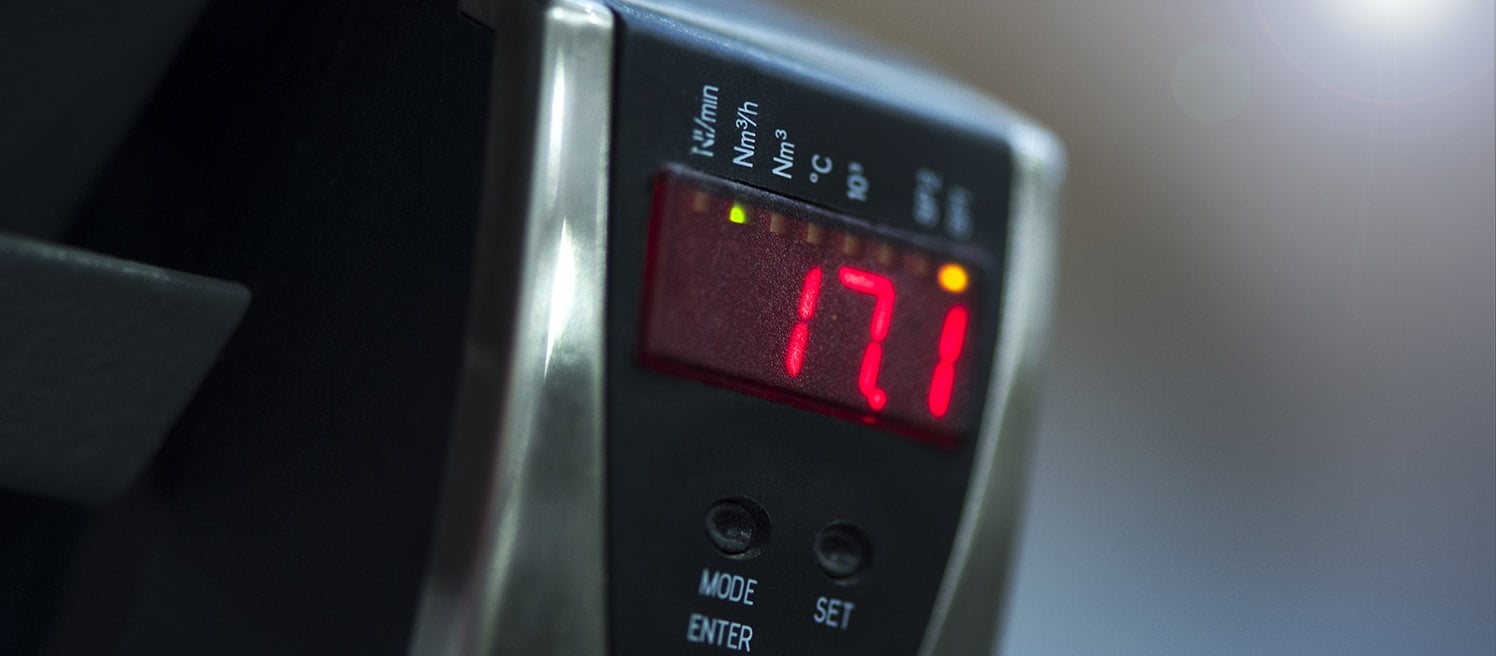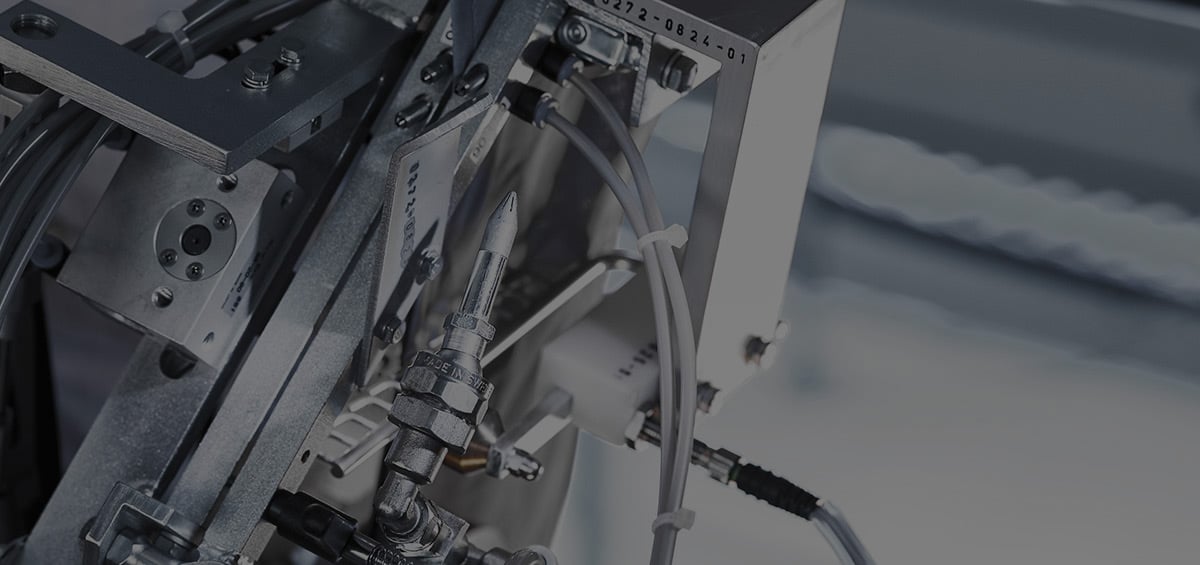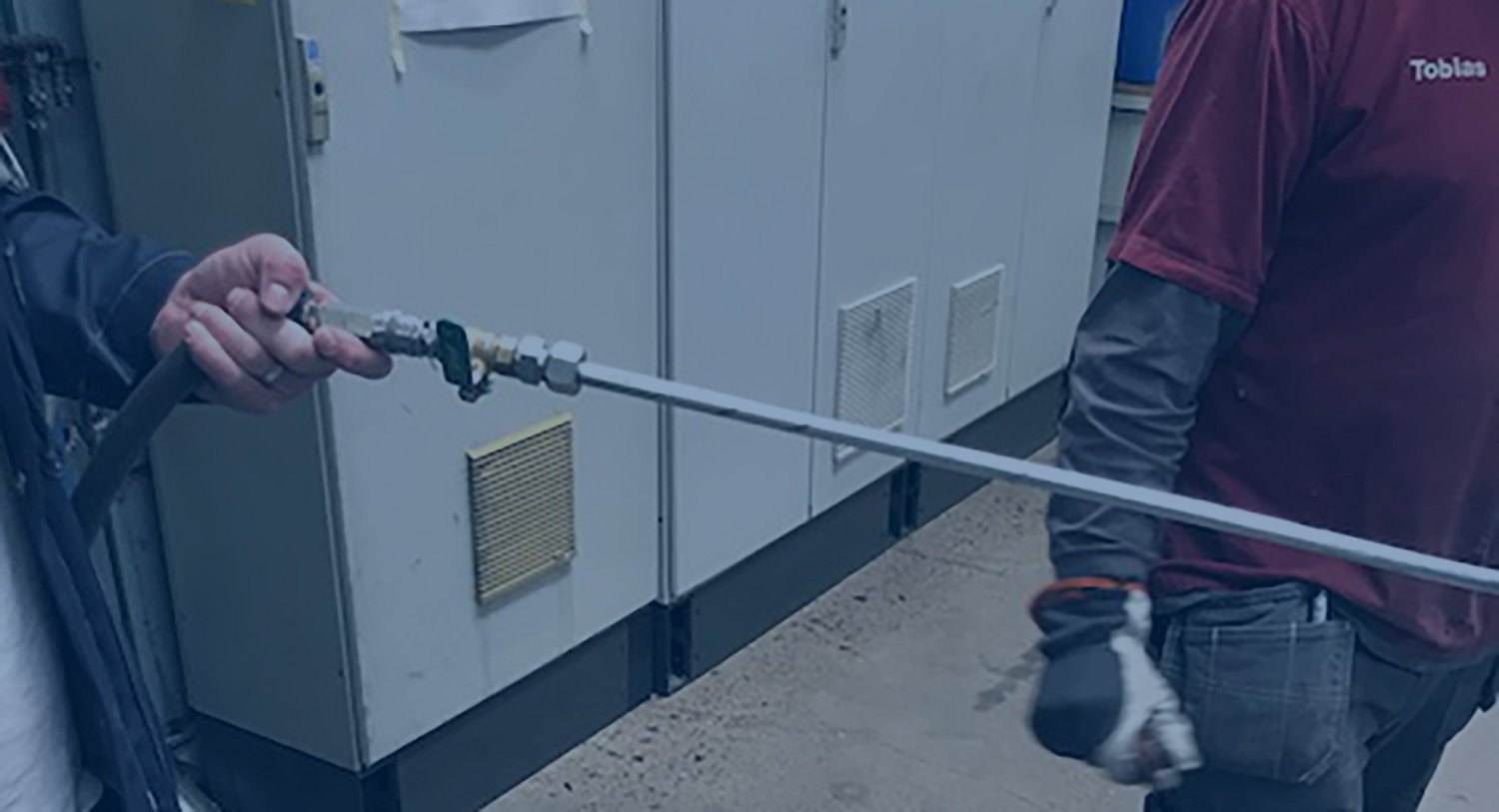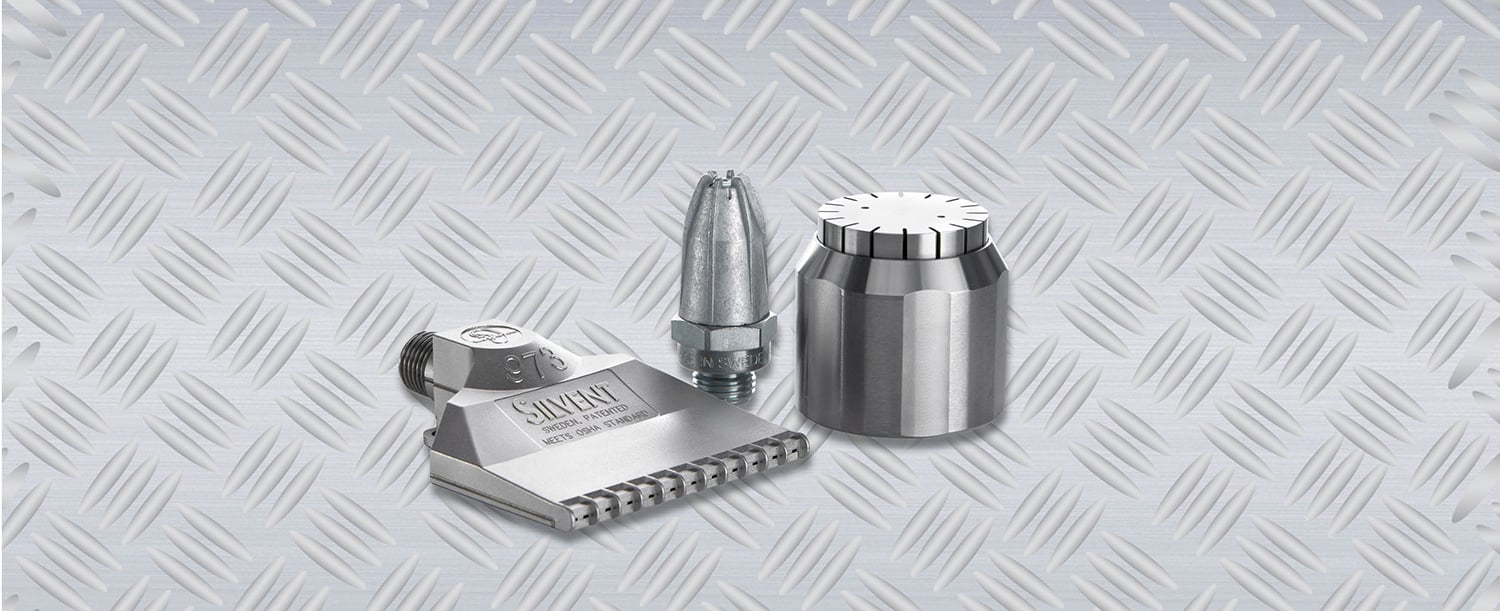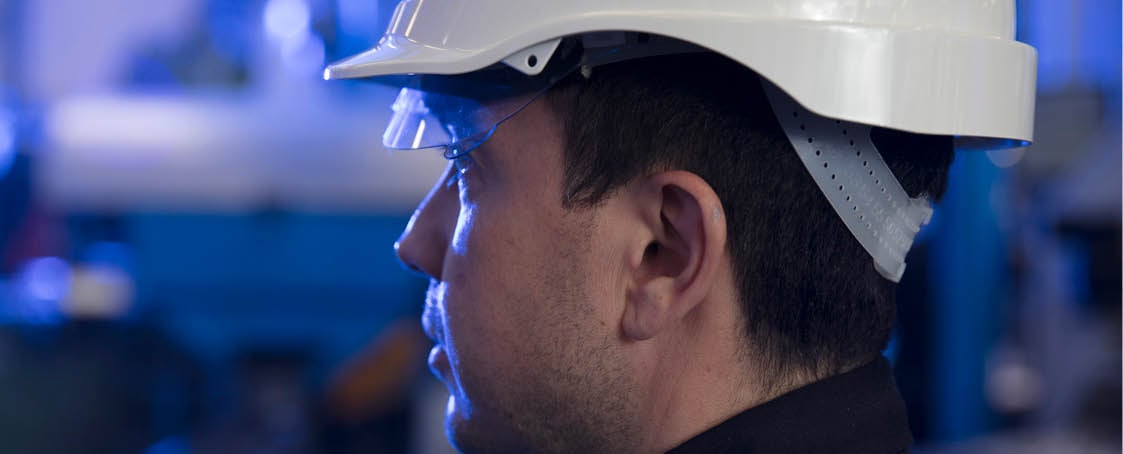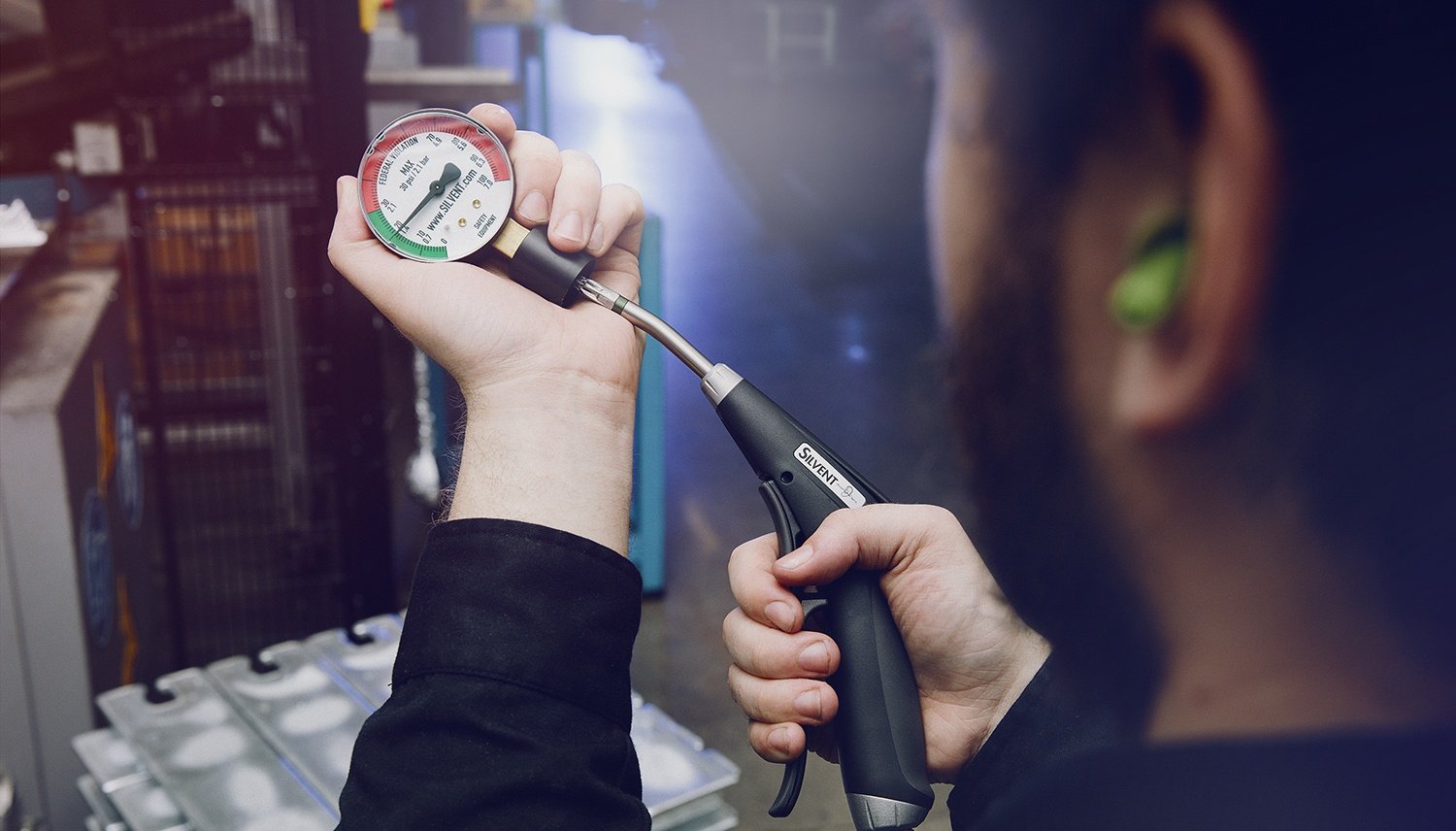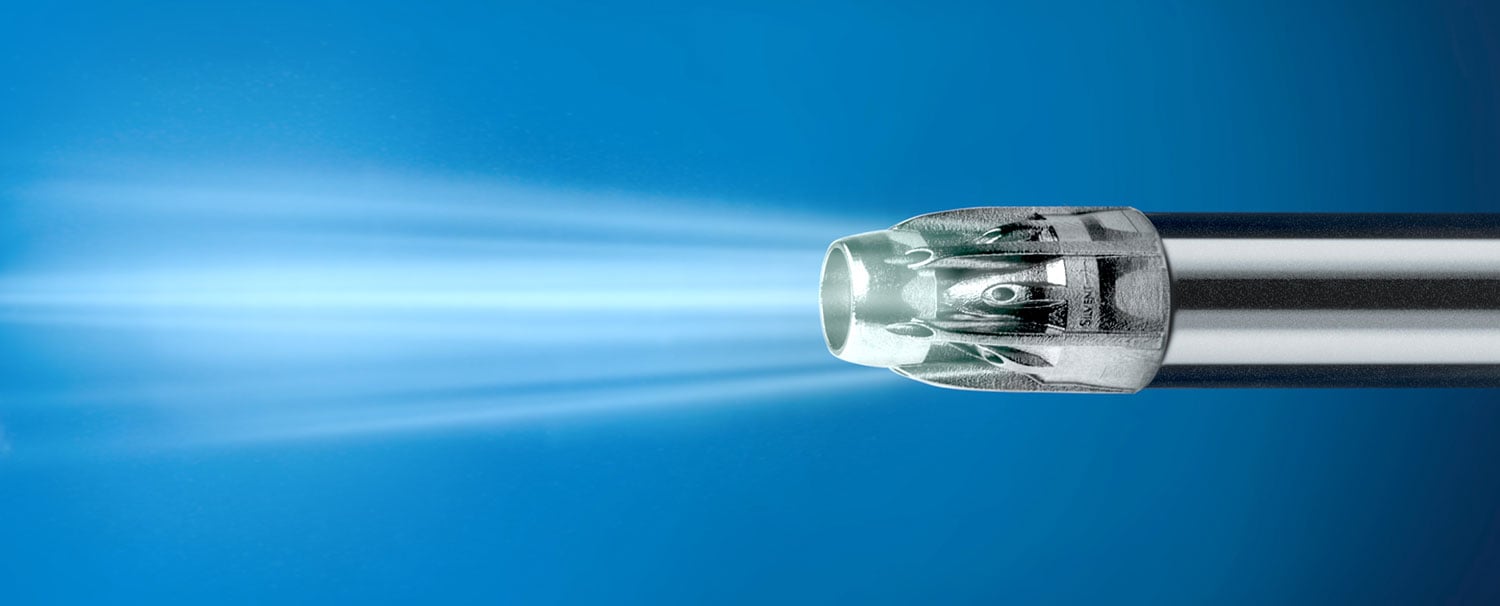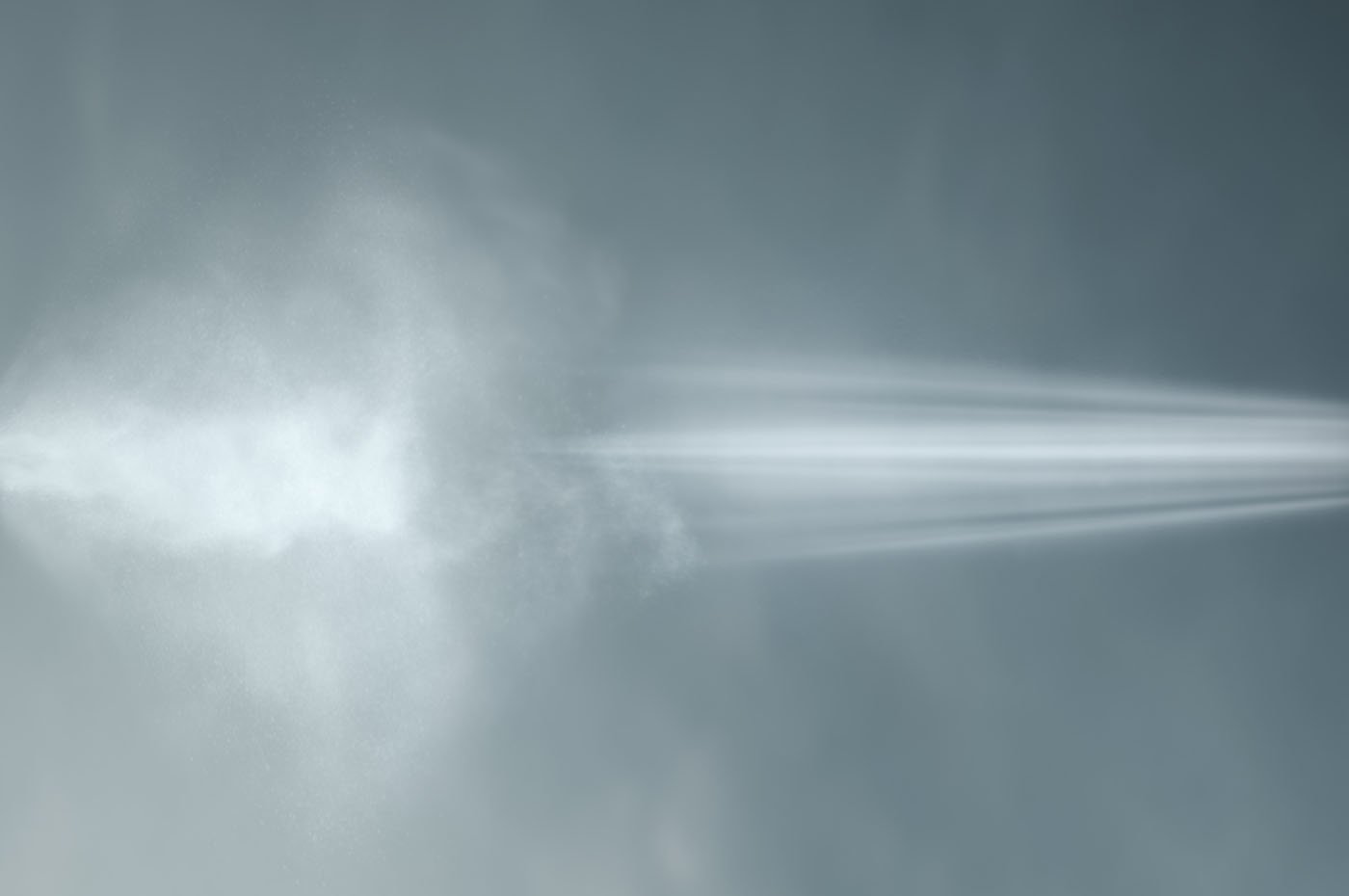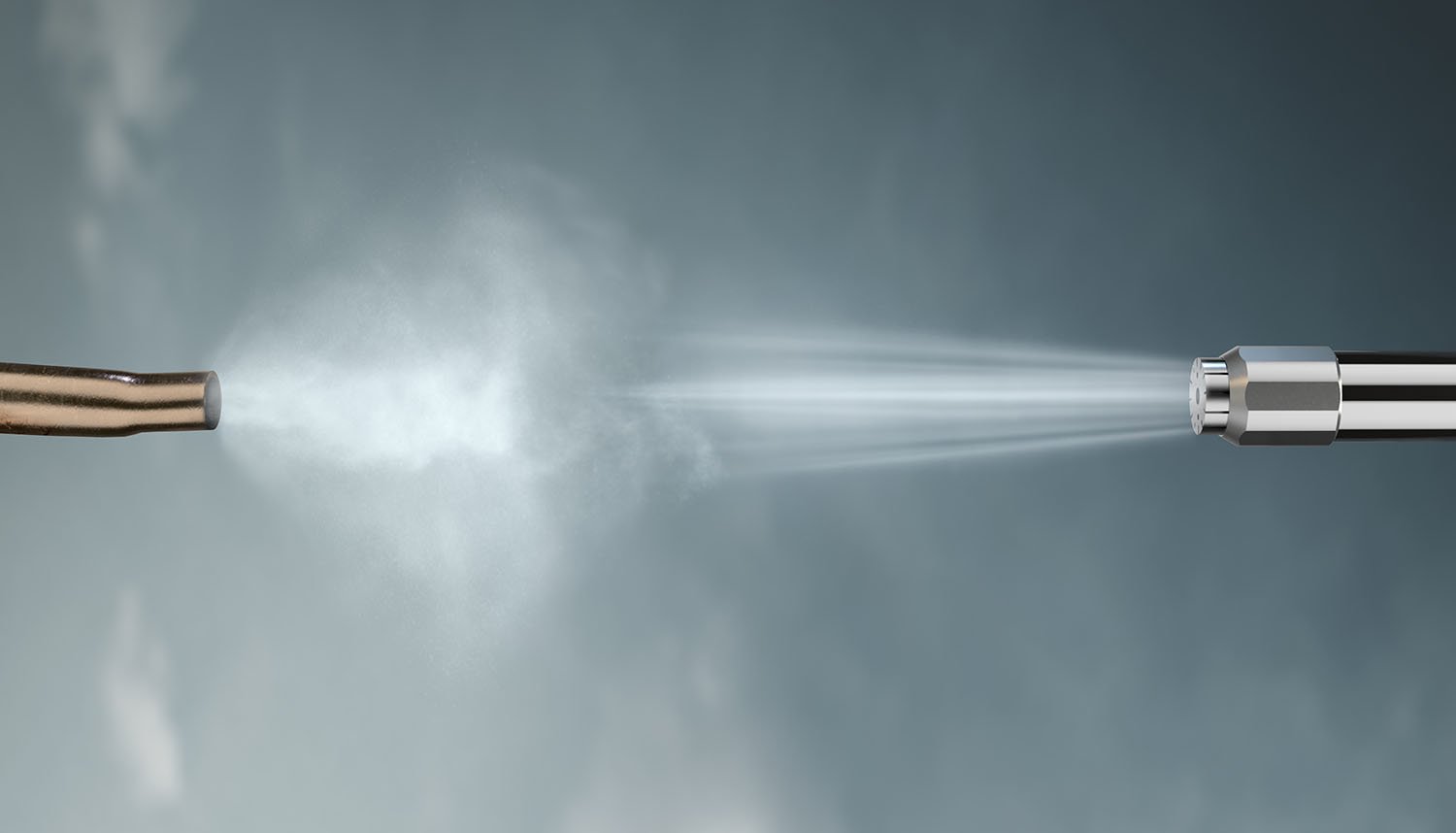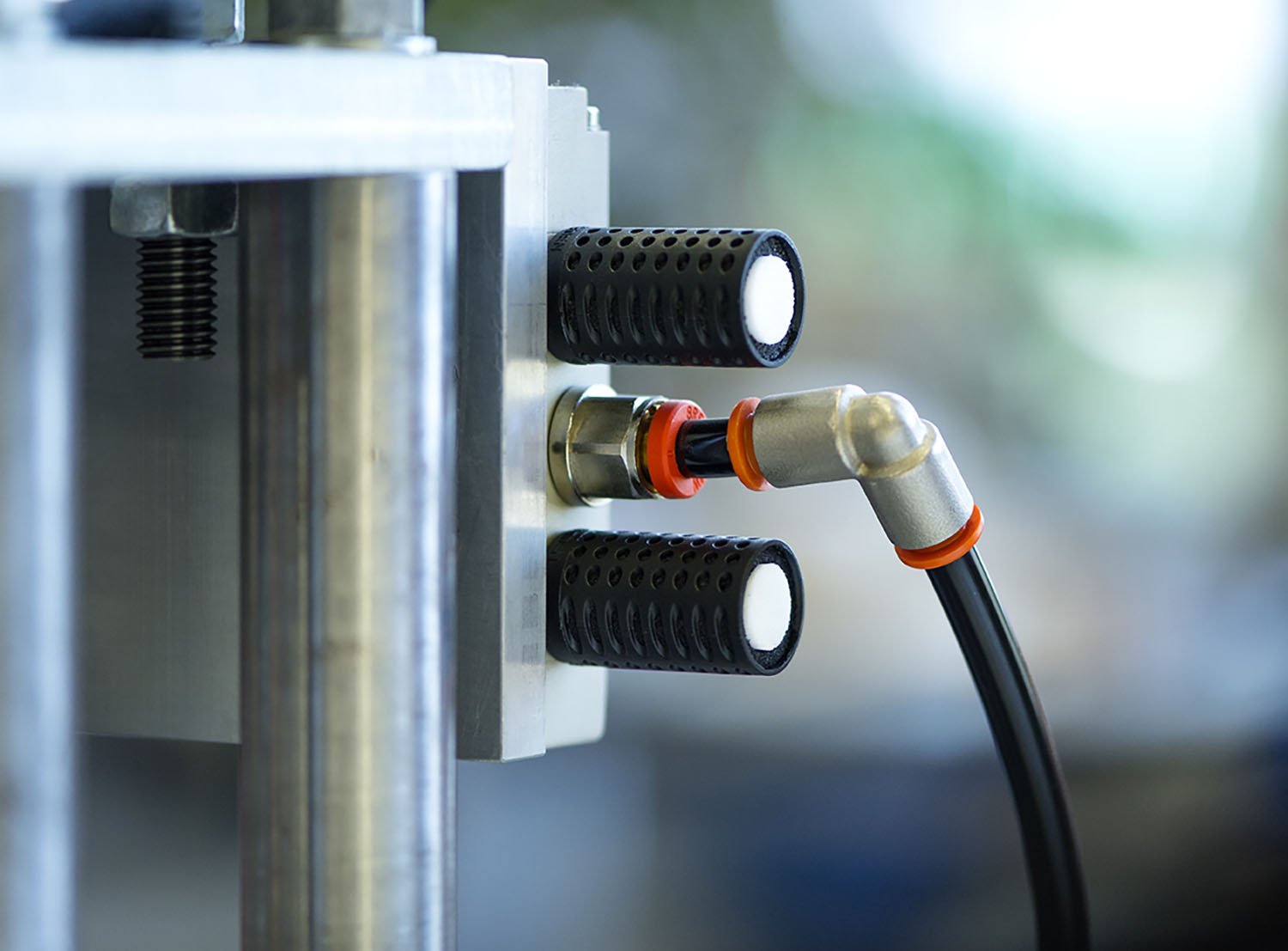Do you want maximum efficiency from your compressed air system? Pressure drop can be one of the reasons why you use too much compressed air and pay too high compressed air costs.
Pressure drop when blowing with compressed air is a common problem within the industry, but few know about it. A pressure drop is when there is a pressure difference between the air that leaves the compressor and the air that reaches the point-of-use. The point-of-use can for example be an air blow gun or an air knife. It is not unusual that the pressure has dropped 1 Bar (14.5 psi) before it reaches the final user. This can lead to lower product quality, impaired efficiency and higher compressed air costs.What causes a pressure drop?
Pressure drop can occur due to a lot of different causes. One of the most common reasons are problems with the transportation of compressed air from the compressor to the point-of-use. Both the transportation length and the design of the transportation system affect the pressure drop. The pressure drops more the longer the compressed air is transported and depending on the amount of bends and curves on the pipes. It is also common that the pipe dimension gets thinner the longer you get from the compressor. To get the best result possible it should be the other way around. The pipe dimension should be wider the longer you get from the compressor. Then the pipe can also be used as a stock which will lower the risk of pressure drop.
Another common reason for pressure drop is bad maintenance and knowledge of filters and regulators. It is important to clean or switch the filters regularly and make sure that you use the right model of regulators to minimize the risk of pressure drop.
Why is it important to have knowledge about the problem with pressure drop?
Pressure drop can cause a number of problems in the industry. It can for example have negative effect on the performance of pneumatic equipment, which can lead to other consequences.
If you do not have knowledge about the existence of pressure drop, and you experience that you do not get the expected effect, a common action is to raise the pressure in the compressor to reach the wanted effect at the point-of-use. But the pressure in the compressor is seldom the problem. Instead, an increased pressure tends to lead to unnecessary high use of energy, which increases the cost and damages components that do not manage the increased pressure.
It is because of this it is important to have knowledge about pressure drops and to measure the pressure continuously to be able to identify pressure differences, which can indicate problem in the system. An increased or decreased pressure means that something has changed, it can for example give an indication about there is a leak in the system or that a machine has stopped working. To measure pressure drops you can use a flowmeter. Why should you use a flowmeter?








